
As may be expected, the basic clothing item in a samurai's 'everyday' wardrobe was the kimono, which for men normally consisted of an outer and inner layer. Heavier kimonos were worn in the winter, while lighter examples (those made of finer silk, for instance) were worn in the summer. In fact, there was a ceremonial day where winter kimonos were exchanged for their summer counterparts, traditionally on the 1st day of the Fourth Month (by our reckoning, in the first week of May). A samurai's kimono would normally be made of silk, a material considered superior to cotton and hemp not only for its feel and appearance but for it's relative coolness in the hot Japanese summer. (Incidentally, kimono makers traditionally reckoned on one roll of silk measuring about two feet by 20 yards for one kimono). Naturally, the quality of a kimono a given samurai might wear largely depended on his personal station and income, though, at least prior to the Edo Period, there were no hard and fast rule in this regard. Hojo Soun, for instance, touches on the matter of clothing in his 21 Articles, "Don't think your swords and clothing should be as good as those of other people. Be content as long as they don't look awful. Once you start acquiring what you don't have and become even poorer, you'll become a laughingstock."1 Exceptionally bright colors and outlandish patterns were typically avoided or sneered upon as a show of immodesty or conceit. On the same token, women of samurai families tended to wear kimono layers and colors dependant upon the station and/or power of their husband. Samurai children, however, were dressed rather flamboyantly, and a more subdued appearance was one of the results of the coming-of-age ceremony. Older samurai tended towards shades of gray or brown, in keeping with their dignified age.
Beneath the kimono, a loincloth (fundoshi) was worn, of which there were two varieties. One was essentially a wrap that, for lack of a better description, resembled a diaper (familiar to anyone who has witnessed or seen footage of some of modern Japan's more esoteric festivals); the other type (more often worn under armor) was a long piece of material worn down the front of the body. A loop slung around the neck fastened the top of the loincloth while the other end was pulled up around the other side of the abdomen and tied around the front of the lower waist with cords. Samurai had the option of wearing socks, called tabi, which included a space to separate the big toe from the other toes (to facilitate the wearing of sandals). Tabi worn in an everyday capacity were normally white and were tailored to the season.
Footwear generally consisted of sandals (waraji) and wooden clogs (geta). Sandals were made from various sorts of material, including straw, hemp, and cotton thread. Clogs were generally associated with the lower classes (geisha, for instance, and kabuki actors are often depicted wearing geta) though samurai wore them from time to time. The Tale of the Heike, for instance, mentions that the powerful Taira Kiyomori wore clogs, though it was considered sufficiently unusual to find its way into puns composed by his rivals. Bearskin boots were at one time popular, especially with armor, but by the 16th Century had come to be considered archaic.
For rainy days, samurai, like everyone else, wore raincoats made out of straw (kappa) and availed themselves of folding umbrellas (which looked rather like Victorian era parasols, complete with decoration).
Between the 12th and 17th Century, the hitatare style of dress was popular. Unlike the common kimono, hitatare was a two-piece costume, though comparably flowing and ample (Yoroi hitatarewas a snugger version for use under armor). This costume, for a possible frame of reference, is what most of the samurai wear in Japanese movies set prior to the Edo Period (the oft-mentioned Kagemusha, Ran, Throne of Blood, Heaven and Earth, ect…). Generally worn when in some 'official' capacity, the hitatare were normally adorned with the crest (or mon) of their immediate family or clan, or, in the case of relatives or direct retainers of the lord, the crest of the daimyô or shugo. Decorative bows also often adorned hitatare, normally worn on the breast.
As with the standard kimono, the samurai's swords were normally thrust through a belt (obi) worn wrapped around the waist and tied in front. Alternatively (and again in 'official' circumstances) the main sword could be slung by cords from the obi (in a fashion more akin to a western dress uniform convention) while the short sword (Wakizashi) or knife (tanto) was worn through the Obi. Regardless, the sword was ALWAYS worn on the left side, probably a case of a practical consideration (ease of drawing) that became more fashion oriented (after all, there were certainly some left-handed samurai…).
Indoors, the samurai might dispense with his long sword, but always kept some form of weaponry on his person, even if the simple dagger. A daimyô could expect a page to carry his sword for him, though typically only in the most formal of circumstances. (Traditionally, pages or trusted or honored men would carry a lord's sword and bow for him, especially in ceremonial circumstances. By the 16th Century, few daimyô bothered with keeping bows around their person, even for formalities.). In addition, a simple folding fan might be tucked in the obi, as well, perhaps, as a few tissues.
The hitatare could be worn 'half-off', that is, the upper half was allowed to hang about the waist, and this would be done when engaging in impromptu wresting matches or, occasionally, shows of swordsmanship or archery (in other words, for martial purposes).
By the Edo Period, the hitatare gave way to the kamishimo. The kamishimo consisted of a two-piece costume worn over a kimono. This is probably the most well known samurai dress. The upper piece was called the kataginu, and was essentially a sleeveless jacket or vest with exaggerated shoulders. Alternatively, a long sleeved coat, the haori , could be worn, especially when traveling or in bad weather. The lower piece was the hakama: wide, flowing trousers somewhat like those found in the older hitatare. The kamishimo would normally be composed of the same material, and was more likely to reflect the status of its wearer than not. The Edo Period was an extremely status-conscious time in Japanese history and this was nowhere more the case then among the samurai. Style was, as always, important, but subject to much greater regulation.
The kamishimo was normally worn outside of the house, or when expecting visitors. Otherwise, the trusty kimono would do.
The samurai's hair was an important part of his appearance, and most texts and house-codes of the samurai make reference to the importance of its neat appearance. The traditional hairstyle (for the better part of a thousand years) was the topknot, a fashion by no means exclusive to the samurai. Nearly everyone, with the exception of Buddhist priests, wore topknots, making the genesis of this style nearly impossible to guess at it with authority. There is reference to the use of topknots in ancient China, and it might have been one of the many cultural imports introduced to Japan between the Asuka-Nara and Heian Periods. Needless to say, there was any number of styles of topknot by the Edo Period. The chasen-gami , for instance, was produced by wrapping a piece of string around the length of the topknot, producing a spray of hair at the end that resembled a tea wisk. The topknot would then either be worn back or forward, hanging over the center of the head. The mitsu-ori was a style popular in the later 16th Century. The hair was well oiled and formed into a queue and folded forward on the head, then back again, and was tied in place. An abbreviated version, the futatsu-yori, was only folded forward before being tied, and was trimmed with a razor to give the front an almost solid appearance. Interestingly, these styles were not uncommon among the lower classes.
The style of shaving part of the frontal part of one's head was supposedly developed as making helmet wear more comfortable. By the early Edo Period it had become a simple fashion, and was adopted by many outside the samurai class. There seems to have been no special ordnances or something of the sort regarding the wear of one's hair, though doubtlessly 'house rules' applied.
Facial hair was common prior to the Edo Period, and was, unsurprisingly, a show on manliness on the part of the wearer. Moustaches were popular, and among generals these could become quite distinctive. Beards (while typically thin) were also worn, particularly because they made wearing helmet cords more comfortable (as anyone who has worn a military helmet for an extended period of time might sympathize with). Beards appear to have fallen out of favor and/or popularity in the Edo Period, and to this day they are rather rare among Japanese men.
For headgear out of armor, powerful samurai (daimyô/shugo or their important retainers) would wear eboshi, a cap of black silk gauze stiffened with a black lacquered paper lining. The cap was held in place either by a white cord, or was pinned to the samurai's topknot. The size and shape of the cap was largely dependant on the samurai's rank, though the use of eboshi was reserved for only the most formal of events by the 16th Century.













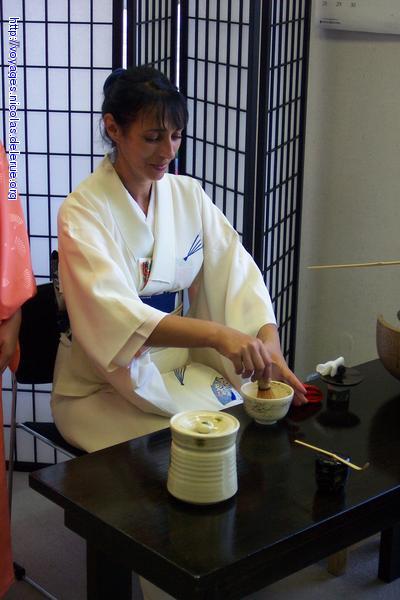








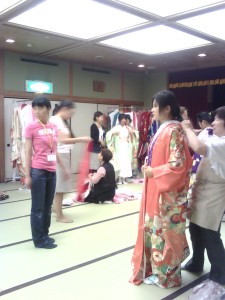
.jpg)
.jpg)

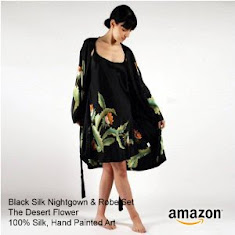


.jpg)
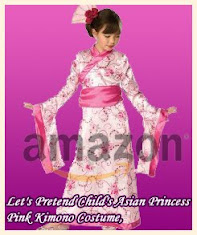.jpg)
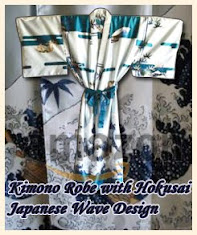.jpg)
.jpg)
.jpg)
.jpg)
.jpg)
.jpg)

